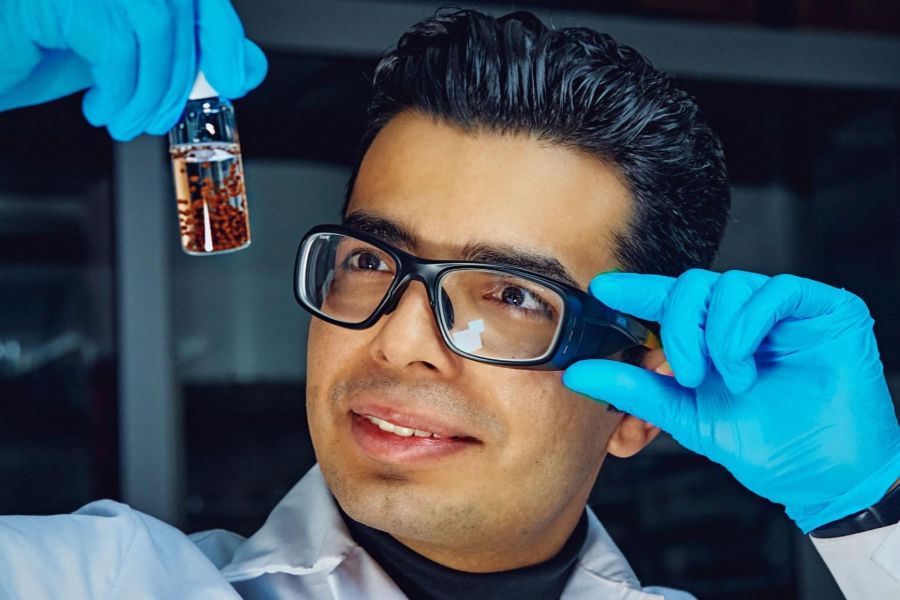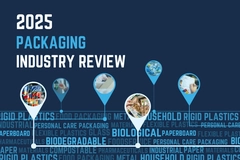Wood pulp-based foams can be used to create smart packaging, research finds
Key takeaways
- Finnish research focuses on nanocellulose-based foams, which are lightweight materials made of wood pulp, offering sustainable alternatives to fossil-based materials in stimuli-responsive smart packaging.
- The developed aerogels have demonstrated efficiency in absorbing oils and organic solvents from water.
- Nanocellulose materials can replace materials like polyurethane, creating stronger and lighter products.

Scientists are investigating the use of nanocellulose-based porous foam materials in stimuli-responsive smart packaging, water purification, and wireless communications. The doctoral dissertation of Mohammad Karzarjeddi at the University of Oulu, Finland, highlights how cellulose applications can help reduce reliance on fossil-based materials.
Stimulus-responsive materials react to external cues, which allows for intelligent and active packaging that adapts to humidity, temperature, light, and pH.
Karzarjeddi’s work focuses on a kind of lightweight foams known as aerogels, which can contain air by more than 99% of their weight. These foams are created from nanocellulose made of wood pulp. Nanocellulose is a renewable nanomaterial that is light and strong, with a large surface area.
“Cellulose is converted into hydrogels consisting of thin and strong cellulose nanofibers, which are then dried and reassembled into aerogels: ultra-light, highly porous solids made mostly of air,” explains Karzarjeddi.
“Aerogels can be engineered for multiple high-end applications, such as removing pollutants from water, creating smart packaging that reacts to moisture or temperature, and serving as lightweight materials in wireless and radio-frequency telecommunication technologies.”
Advancement in material
The scientist developed aerogel beads to absorb oils and organic solvents from water. The beads were made hydrophobic (water-repellent) and embedded with magnetic nanoparticles. They are reusable and “highly efficient,” capable of absorbing up to 280 times their own weight in substances such as vegetable oil.
Professor Henrikki Liimatainen, Karzarjeddi’s doctoral thesis supervisor at the University of Oulu, says: “New materials that promote general sustainability goals and enable novel future technologies are widely needed.”
“Cellulose nanomaterials possess many unique properties and can be converted into various forms in addition to foams, such as transparent films. They enable the development of lighter, stronger, and more efficient materials that can be used in a wide range of industries.”
Currently, most porous materials and foams, such as polyurethane (PU), are made from fossil raw materials and are difficult to recycle. Researchers are exploring a more sustainable approach to developing these materials.
The University of California in San Diego, US, released a book on bio-based PUs. They elaborated on the biodegradable plastic alternative made from algae, addressing the need to change how consumers and manufacturers think about plastics.










